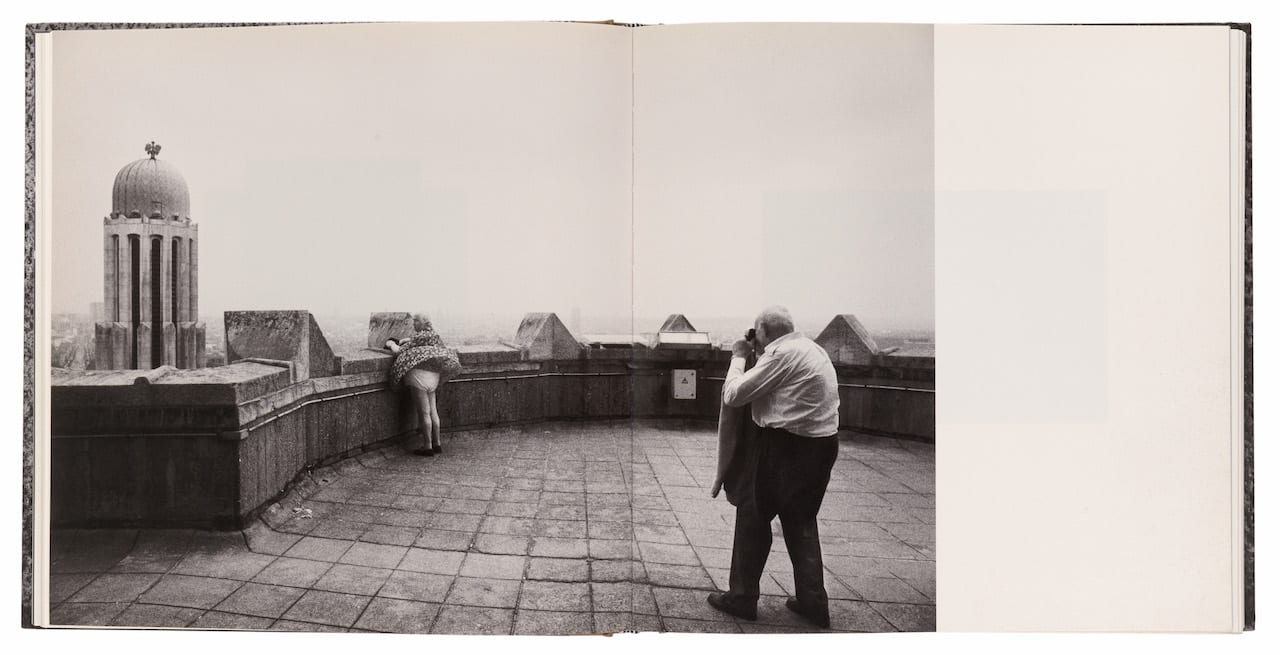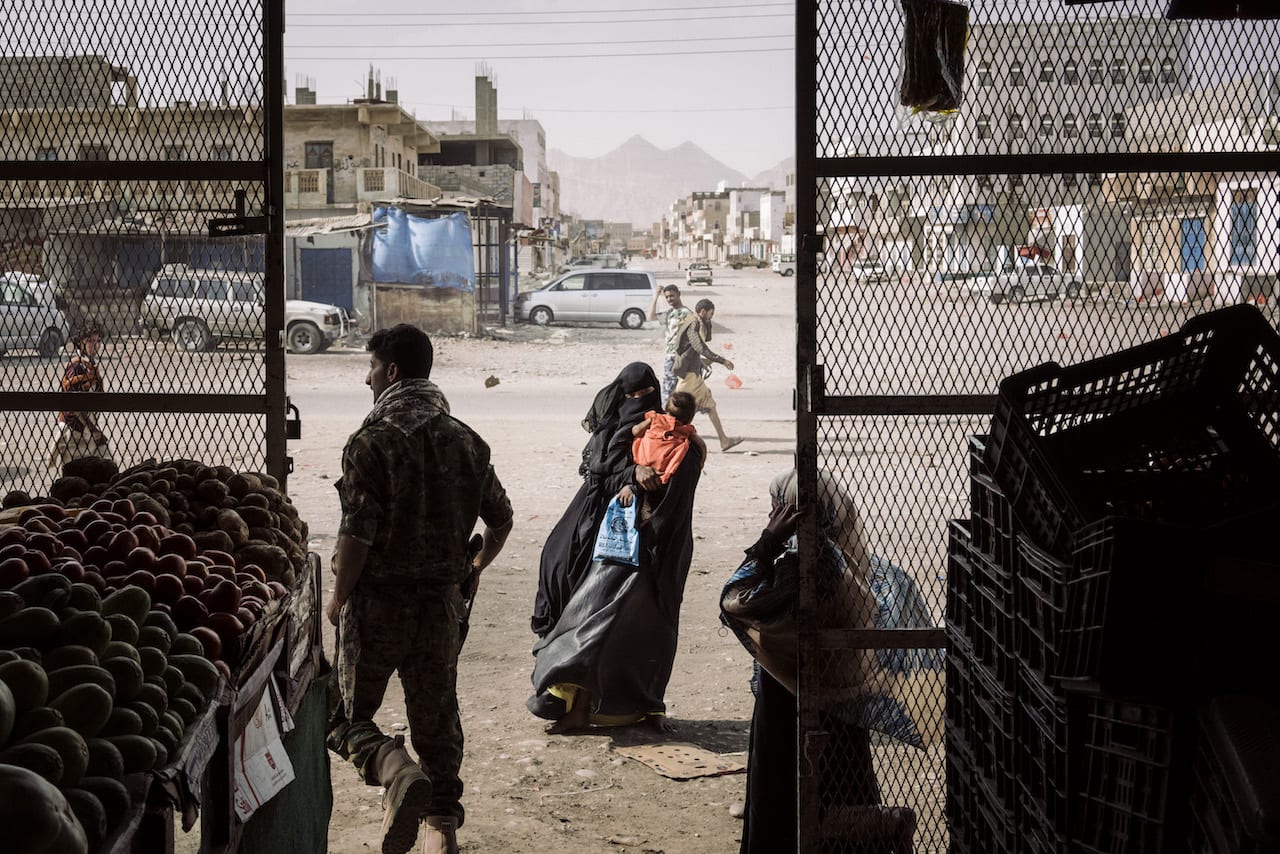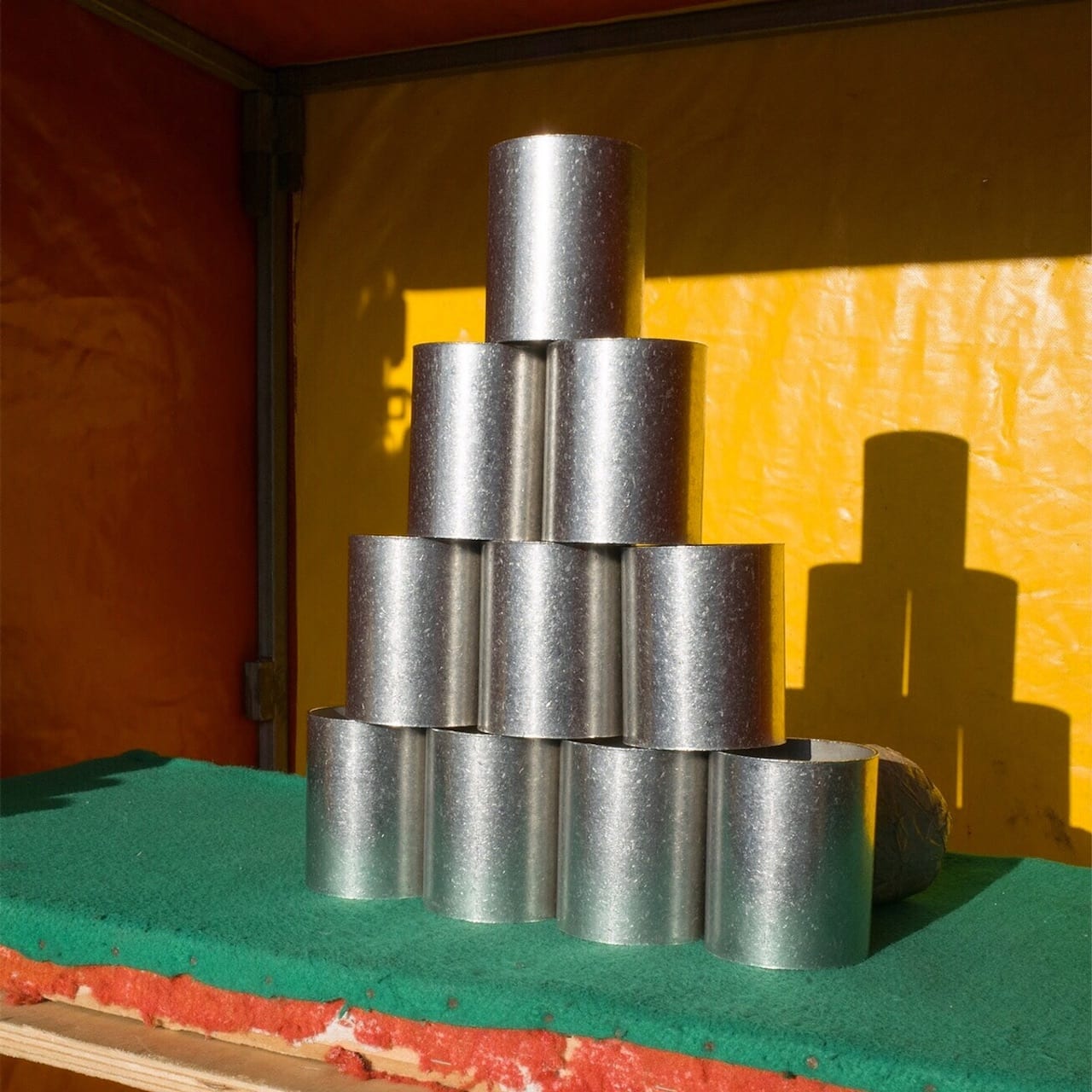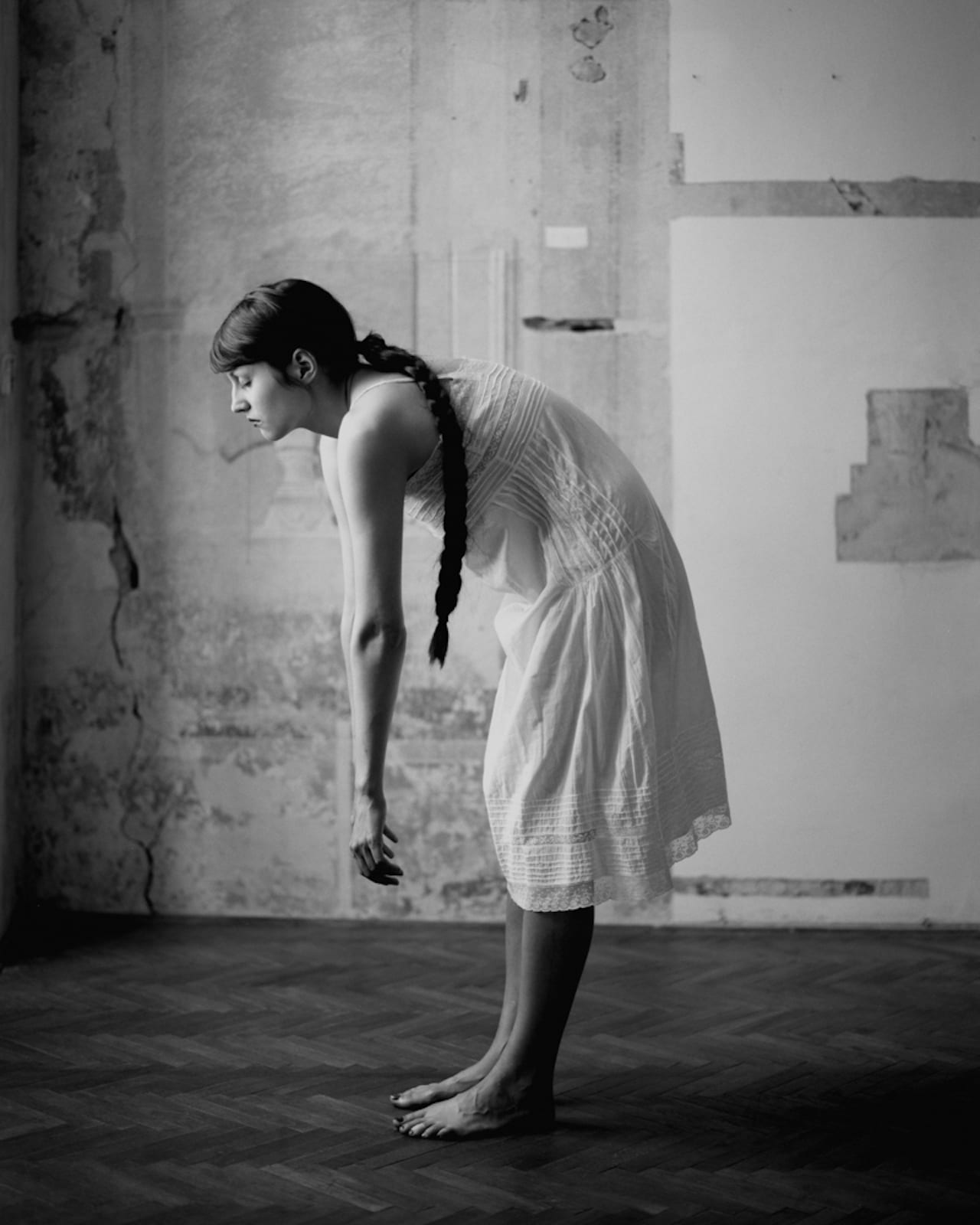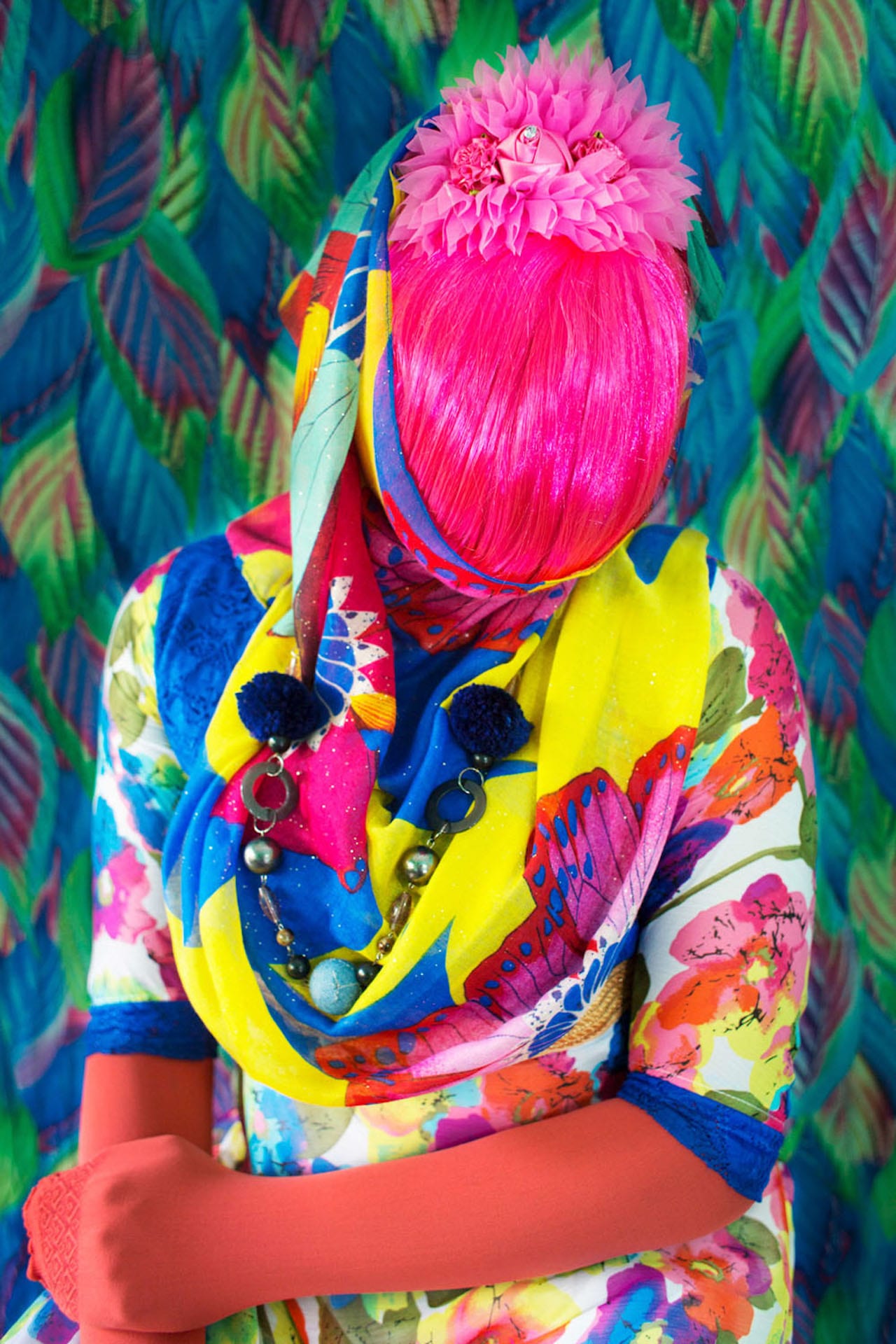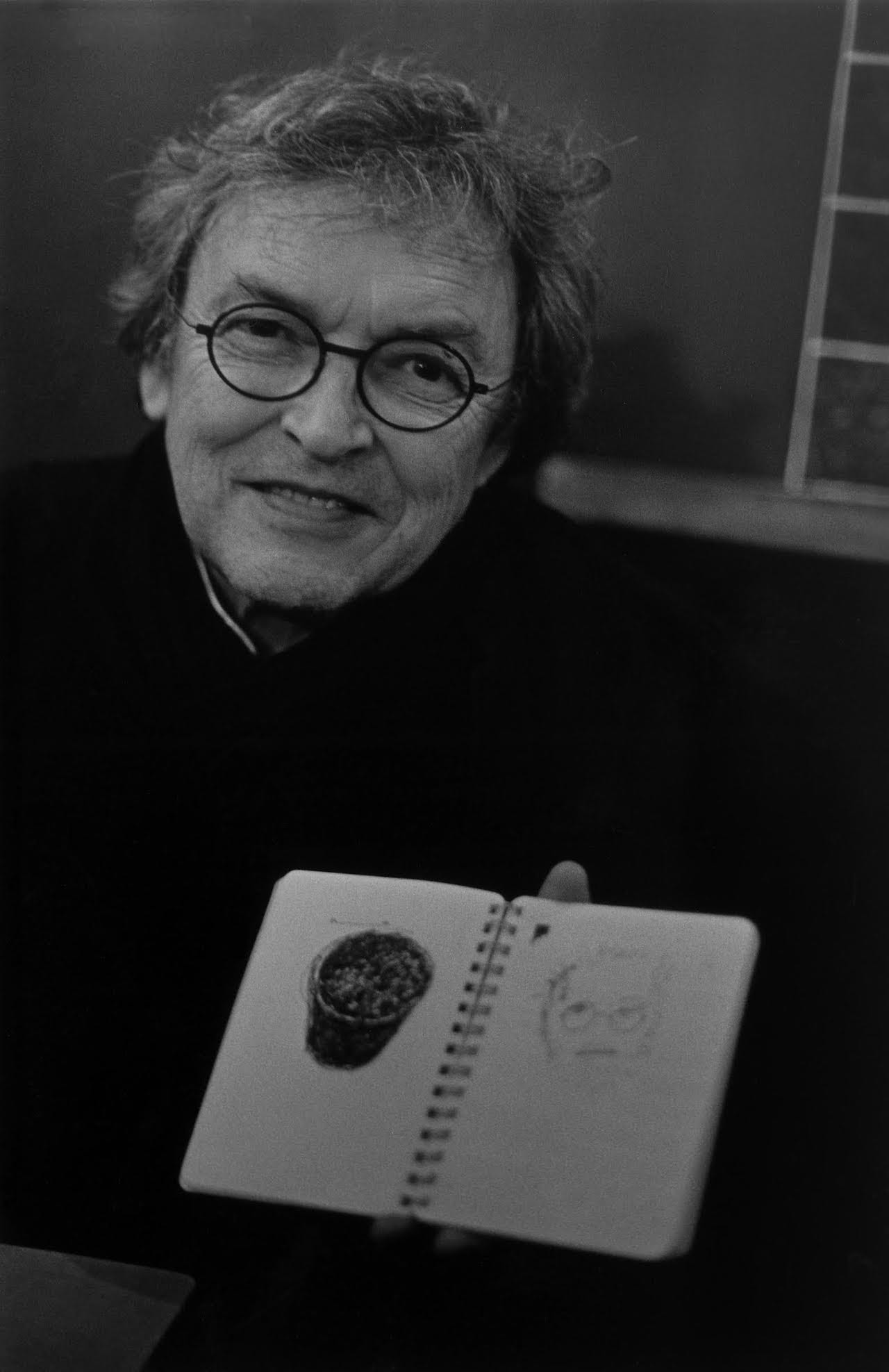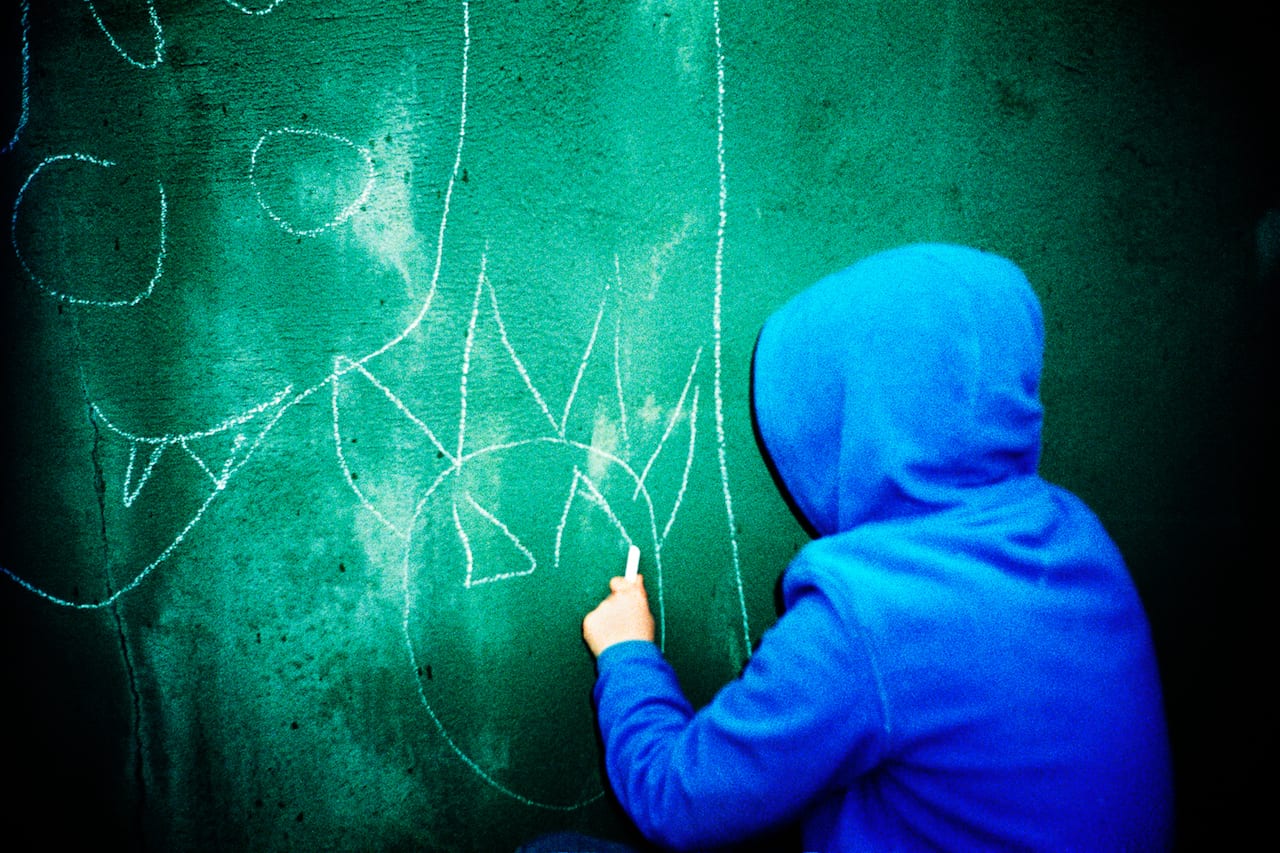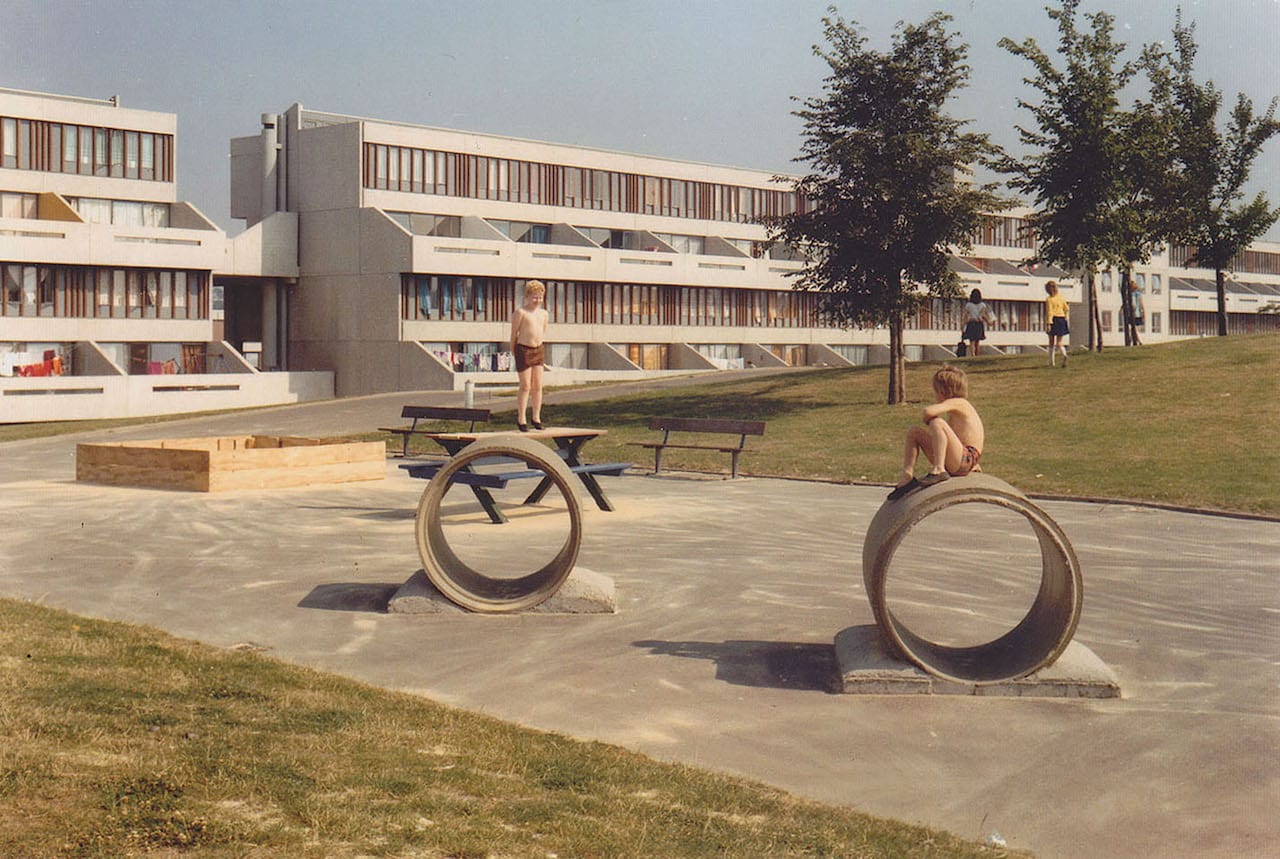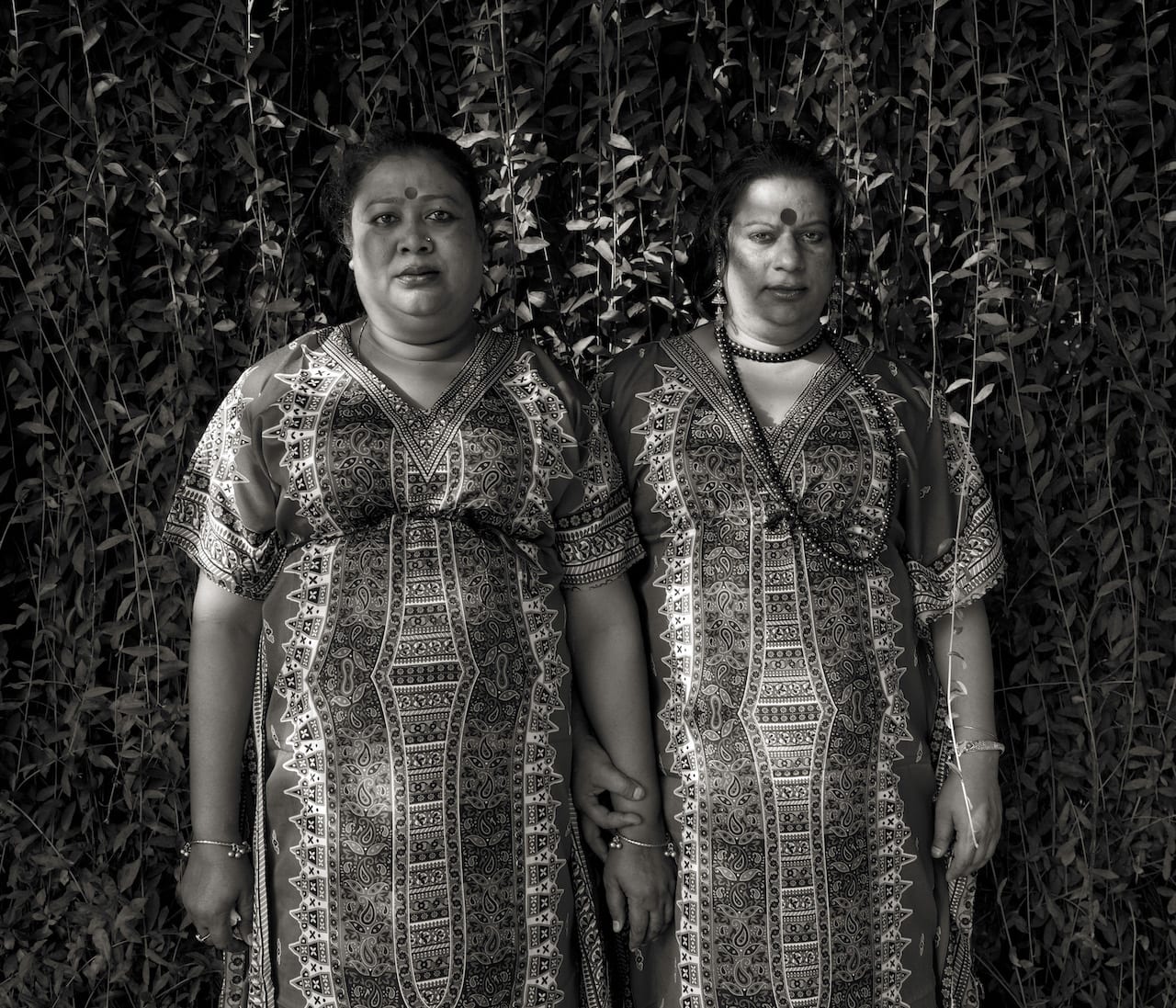“To date, hardly any research has been conducted into Belgian photobooks,” opens the exhibition Photobook Belge, now on show at FOMU and published as a book by FOMU in partnership with Hannibal. “Photobook Belge provides an overview of the evolution of the Belgian photobook from the mid-19th century to today.”
Including nearly 250 publications, Photobook Belge is divided into eight chapters, looking at areas such as Artists’ Books, Belgian national identity, and the relationship between text and images. Belgium’s brutal colonisation of the Congo, its subsequent relationship with the country, and its often problematic representation of it in images, is given a whole chapter. “Many of the photobooks published since the 50th anniversary of [Congo’s] independence in 2010 oscillate between a more or less overt nostalgia, Afro-pessimism and an aesthetic of ruins,” states the curator Tamara Berghmans. “Most are still the result of a white, male gaze.”

